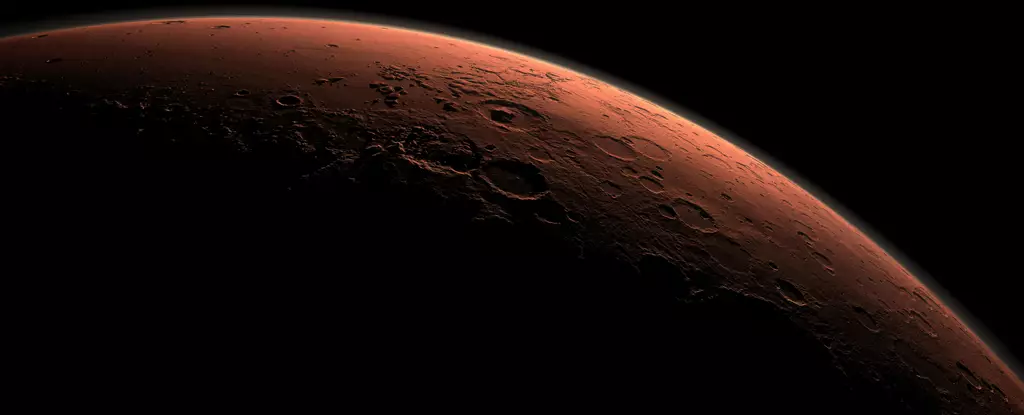In the past decade, significant findings regarding the presence of organic material on Mars have sparked interest in the scientific community. While these discoveries do not conclusively point to the existence of alien life, they shed light on the possibility of carbon chemistry being prevalent on the red planet. A recent study led by planetary scientist Yuichiro Ueno unveiled crucial evidence suggesting that the organic material found on Mars could have originated in the planet’s atmosphere. This revelation opens avenues for understanding how the fundamental building blocks of life may have originated not only on Mars but also on Earth.
Photolysis, the process by which molecules are broken down by light, has long been theorized to play a significant role in the organic chemistry of Mars. Studies by researchers like Matthew Johnson and his team have proposed that carbon dioxide in the Martian atmosphere, subjected to ultraviolet sunlight, can give rise to a mist of carbon molecules that eventually precipitate onto the planet’s surface. The implications of this theory are profound, as it suggests a non-biological mechanism for the formation of organic material on Mars.
Recent data from the Curiosity rover in the Gale crater on Mars has provided compelling evidence to support the photolysis theory. The analysis of carbonate minerals found on the Martian ground revealed a depletion of carbon-13 isotopes, aligning with the carbon-13 enrichment observed in a Martian meteorite that landed in Antarctica. This congruence in isotopic composition strongly indicates that the organic material on Mars is a byproduct of photolytic reactions involving carbon monoxide.
The findings on Mars not only deepen our understanding of the red planet but also offer insights into the origins of organic material on Earth. Billions of years ago, when Earth, Venus, and Mars had similar atmospheres, the same processes that created organic material on Mars could have occurred on our planet as well. Although Earth’s dynamic and ever-changing surface may obscure direct evidence of this ancient chemistry, the similarities in the planetary atmospheres hint at a shared origin for the fundamental building blocks of life.
The discovery of the origins of organic material on Mars through atmospheric processes challenges conventional notions of extraterrestrial life and planetary evolution. By unraveling the mechanisms behind the formation of organic molecules on the red planet, scientists are not only piecing together Mars’s geological history but also shedding light on the interconnectedness of Earth and Mars. These findings pave the way for further exploration and research into the origins of life both within our solar system and beyond.


Leave a Reply